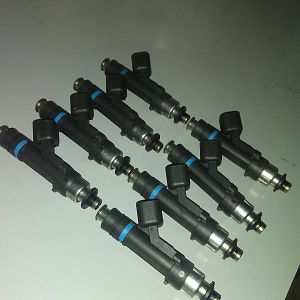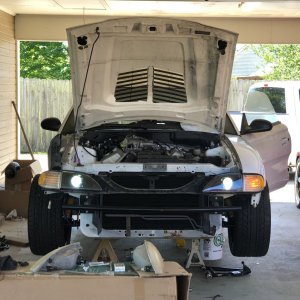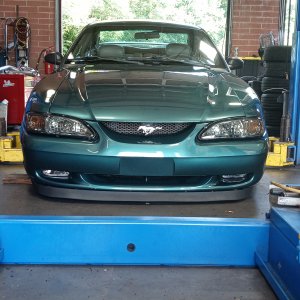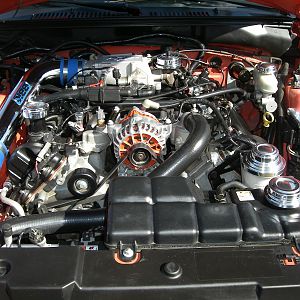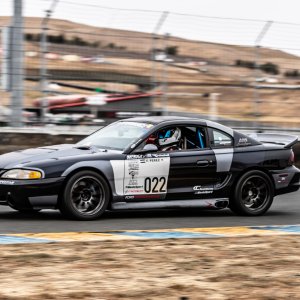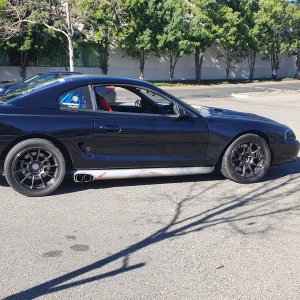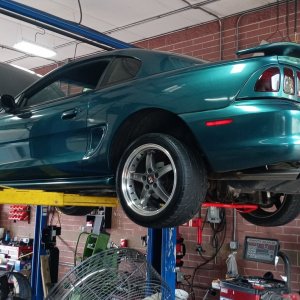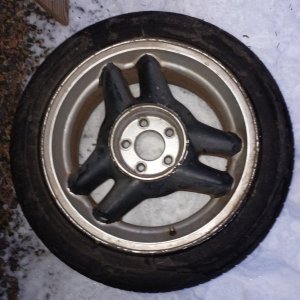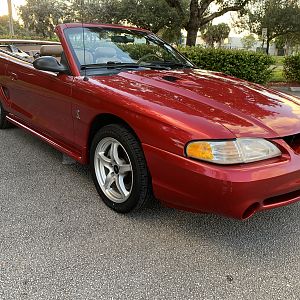I almost forgot to address the importance of underhood temperatures.
1. Engine Performance: Engines operate optimally within a specific temperature range. If the underhood temperatures are too low, the engine may struggle to reach its optimal operating temperature, which can negatively affect fuel efficiency, emissions, and overall performance. On the other hand, excessively high underhood temperatures can cause overheating and lead to engine damage or failure.
2. Component Longevity: Many components in the engine compartment, such as the radiator, hoses, belts, and electrical systems, are designed to function within specific temperature limits. Excessive heat can accelerate the wear and deterioration of these components, leading to reduced lifespan and potential breakdowns. On the other hand, consistently low temperatures can affect lubrication and cause premature wear.
3. Safety: If the engine overheats, it can lead to steam or coolant leaks, which may cause scalding or burns. Additionally, extreme heat can affect the integrity of surrounding materials, potentially resulting in fire hazards.
To manage underhood temperatures effectively, vehicles are equipped with cooling systems, including radiators, fans, coolant, and heat shields. Regular maintenance, such as checking coolant levels, inspecting hoses and belts, and ensuring proper airflow, can help maintain optimal underhood temperatures and prevent overheating issues. As a rule of thumb, approx. 100 degrees over ambient temperatures is considered normal for engine bay temperatures for a "street car."
I hope this helps
Michael Plummer

